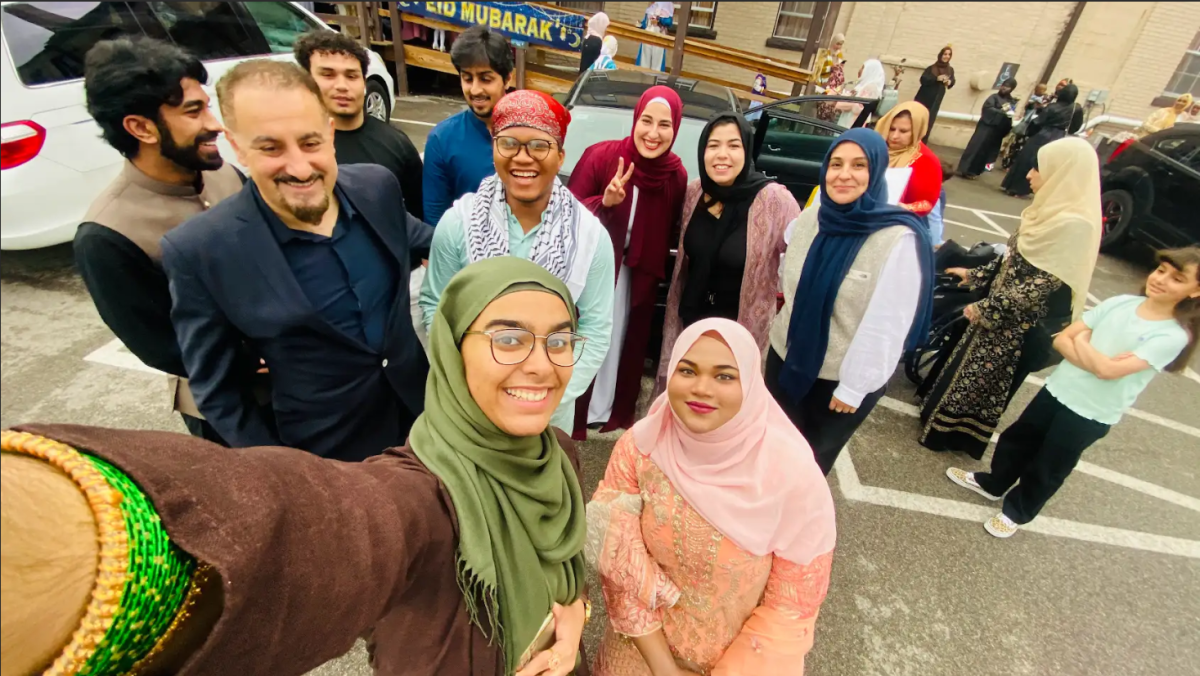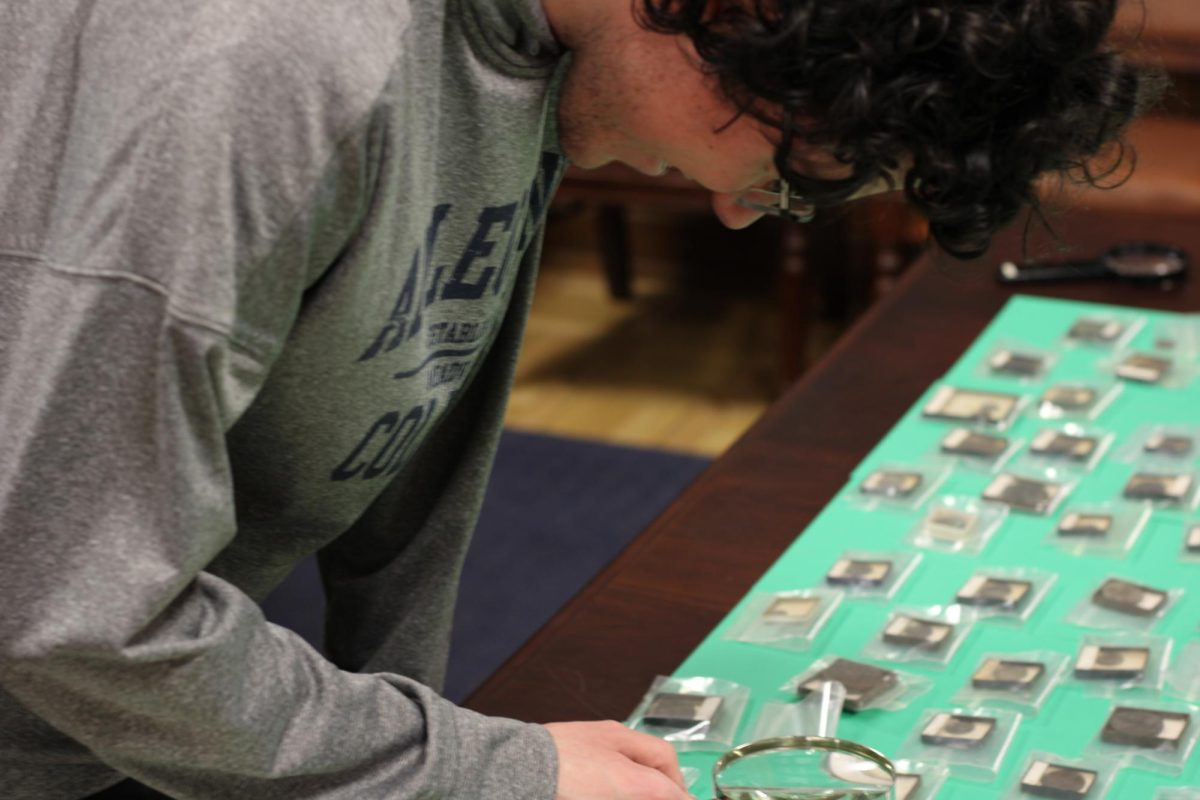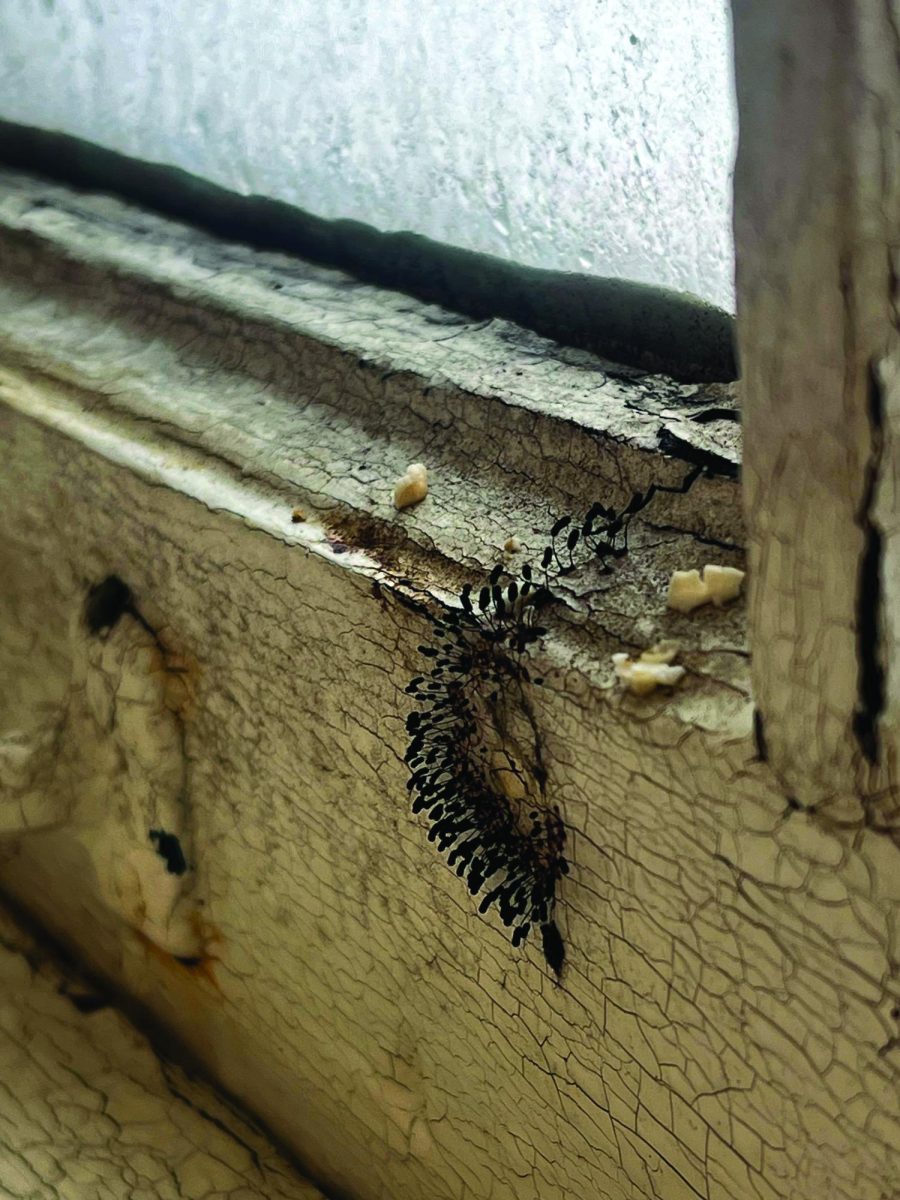Every fall, the Department of World Languages and Cultures hosts a “Culture Night” in the lobby of the Henderson Campus Center. This year, the event — which sees each language within the department present their culture with a performance involving their students — will be held on Thursday, Nov. 9, from 6:30 to 8 p.m. Students will perform their pieces in 10-minute blocks and each culture will have samples of food for eventgoers to try.
“We put on culture night to bring visibility to this department and the things that we do here and to the world,” said Chair of the Language Department and Spanish Professor Barbara Riess. “To expose students to a different course of study they can have here, but also different practices around the world in terms of food, speech, culture, those sorts of things.”
Spanish
For the Spanish section, there will be two dances and catering from Enrique’s Taqueria in Erie. The first dance will be a traditional Mexican zapata dance performed by Union Latinx. The second dance will be more Caribbean-style, performed to “La Gozadera” by Gente de Zona and featuring Marc Anthony. The song’s lyrics include the names of Latin countries, the flags of which students will dance with to the song.
“We want to expose people to the fact that when you say, ‘Latino music,’ or ‘Hispanic music,’ that it’s a lot of things,” Reiss said. “We’ve invited Union Latinx to do a dance that they did at the closing of Hispanic Heritage month which is a traditional Mariachi Zapateado with your shoes. They’re going to do a very traditional, very famous song that’s referred to as the ‘Second National Hymn of Mexico.’ This is very folkloric and very traditional.”
For the next dance, Spanish students and the Spanish teaching assistant will be doing a pop dance featuring Carribean music.
“It’s a song that we use in our classes to teach students to refer to different nationalities, so it’s kind of a vocab exercise in class,” Reiss said.
Chinese
For the Chinese section, there will be two dances, a singing performance and samples of both authentic Chinese and Chinese American food.
“We will present two dances; one is Chinese square dance, which is very popular,” said Chinese instructor Xingzhi He. “Another student will sing a song but the song’s lyrics are based on an ancient poem from the Tang Dynasty. Afterwards, we will have another small group doing a fan dance. It’s a mix of traditional Chinese dance elements, but we add the modern dance.”
He added that the dances represented a blend of Chinese history and modern realities.
For Chinese food, He highlighted that the authentic dishes would be homemade, while the Chinese American food would be purchased from a restaurant.
“Here, the mainstream targeted audience is still from different cultural backgrounds. You want to still guide them to have a taste, but you don’t want to overwhelm them,” He said.
Arabic
For the Arabic section, there will be a traditional Middle Eastern dance called dabke that will be performed by students from all the three current Arabic classes. Kabob, falafel and hummus will be present for students to sample.
“The Arabic class, all the classes together, we will be doing a dabke dance,” said Associate Professor of Arabic Reem Hilal. “It’s from the Levant area which is Jordan, Syria, Lebanon, and Palestinian territory. It’s a collective dance, a communal dance that they’ll do all together. Although the Middle East is very complex and it has many, many cultures, this dance allows all our students to participate.”
The dance’s origins come from when builders would test a house’s durability by dancing on the roof and it transitioned to a dance performed at many events.
“You see people doing this when it comes to weddings, marriages, engagements, graduations, any happy occasions where people think of this as the folkloric dance that expresses or the way to express happiness,” added Assistant Professor of Arabic and Chair of International Studies Sami Alkyam.
French
For the French section, students will put on a musical skit of traveling across France and there will be samples of food items like croissants and crepes.
“This one skit that’ll showcase some sites in France and some fun adventures,” said Associate Professor of French Briana Lewis. “It’s very much a collaborative effort, a collaborative plan … “It’s relatively simple, but a theater performance. Each student is going to work on a character on their own.”
German
For the German section, the students of each of the three current German classes will have their own performance, and there will be German food like potato soup, sausage and chocolate.
“The first presentation is going to involve the history of techno in Berlin and so there is going to be a brief presentation by the beginning students,” said Associate Professor of German Julia Ludewig. “Then, the intermediate students are interested in the Christmas tradition — especially the lesser known tradition of Krampus, which is like the evil Santa myth. Then the advanced students are going to sing and dance a famous children’s song that involves colors.”














